
South Tyrol moves with cabbage and beets
My mouth feels numb. But I only bit off a tiny piece of a harmless-looking yellow flower. Harald Gasser can’t help but smile from my skeptical look. He himself always tries everything from “his” plants. From the root, to the tuber, to the leaves, to the flowers and berries – even if they look suspiciously red. Not so long ago, Harald Gasser was a social worker. Today, he is a farmer with heart and soul and master of 400 different types of vegetables.
S
We are currently in the middle of his little vegetable paradise on the Aspingerhof in Barbiano. With a view of the striking Trostburg castle on the other side of the valley and the distant hum of the Brenner motorway further down in the Eisack Valley, we marvel at the colourful variety of vegetables. At first glance, the vegetable field resembles a weed garden. At second glance, you can see the logic behind it. Since a total crop failure a few years ago, he has been an advocate of mixed culture. In this way, the vegetables alternate row by row. As we walk across the field, we taste everything. Nut grass, wood sorrel, pea pod, lucky clover, tiger nuts, tuberous potatoes… all varieties I’ve never heard of. Fascinating. For example, there are 16 different varieties of carrots growing in his garden. Harald’s favourite variety is the Küttinger carrot, whose seeds he obtains from ProSpecieRara in Switzerland. In any case, finding and, above all, growing the old vegetables is not child’s play. He started with an order of 180 old vegetable varieties from Noah’s Ark, the Austrian association for the preservation and development of crop diversity. For some varieties, he waited over seven years before he was able to harvest something for the first time. Its hottest specimen is mountain pepper. Very carefully we bite off a piece and hold our breath. Supermarket wasabi, on the other hand, can be packed.
harvest
One thing is particularly important to Harald Gasser: “things have to taste good”. That’s why he doesn’t leave any fertilizer on his protégés and does everything by hand. Sometimes you work with the headlamp all night long. Vegetables with blemishes are also harvested, which his customers – including star chefs in South Tyrol – don’t always like so much. But “eaten vegetables taste best,” says Harald with a mischievous smile.
cook
We are allowed to look over the shoulders of one of his customers. Michelin-starred chef Herbert Hintner welcomes us to his realm, the kitchen of the restaurant “zur Rose” in Eppan. “Look, that’s how we get Harald’s vegetables” and in the next breath adds “something different every day, you never know exactly what’s coming”.
Some chefs receive a fixed delivery, others, like Herbert Hintner, like to be surprised by the variety. In his cuisine, he focuses on regionality and seasonality, but also emphasizes that the current trend towards “regionality” sometimes takes on bizarre features. “Regional cuisine is banal cuisine” and points out that the olive oil that he is pouring into the pan to fry comes from Liguria. He emphasizes that honesty is important in regional cuisine and that he describes products as regional if they come from the surrounding Alpine region. Olive oil from Liguria is part of the range of global products.
For about two hours, he shows us an insight into his creative cuisine and conjures up small works of art from Harald’s vegetables. Onions of different colours are draped into a colourful onion tart in no time at all, a guinea fowl is filled with fresh herbs and Schlutzkrapfen is formed. We also have a chance. The master watches me impatiently as I form Schlutzkrapfen. “We don’t need that, it’s got a hole,” he says to my first copy. The second succeeds.
He also shows us how he has to sort out the gnawed specimens of the lettuce leaves one by one. “I can’t serve something like that to the guest.” “Why not? Shouldn’t the guest be educated in such a way that he also learns to appreciate vegetables with blemishes on the plate?”. My question remains unanswered. However, I have resolved to be impressed less by the appearance and more by the taste in the future and plead for more authenticity in our everyday kitchen!
Enjoy
Last but not least, we get to enjoy a brilliant final bouquet. On the sun terrace, Herbert Hintner serves us an excerpt of his creative work, tasteful South Tyrolean cuisine interpreted in a modern way. The four-way calf’s head with mustard ice cream doesn’t quite meet my taste, but the pancakes with sour cream sorbet catapult me into heaven. Fantastic! And with almost every course, Harald Gasser’s vegetables contributed to the taste experience.
Note: I was invited to South Tyrol by Südtirol Marketing. Thank you very much for this! As always, my readers can be sure that I always represent my views and enthusiasm.


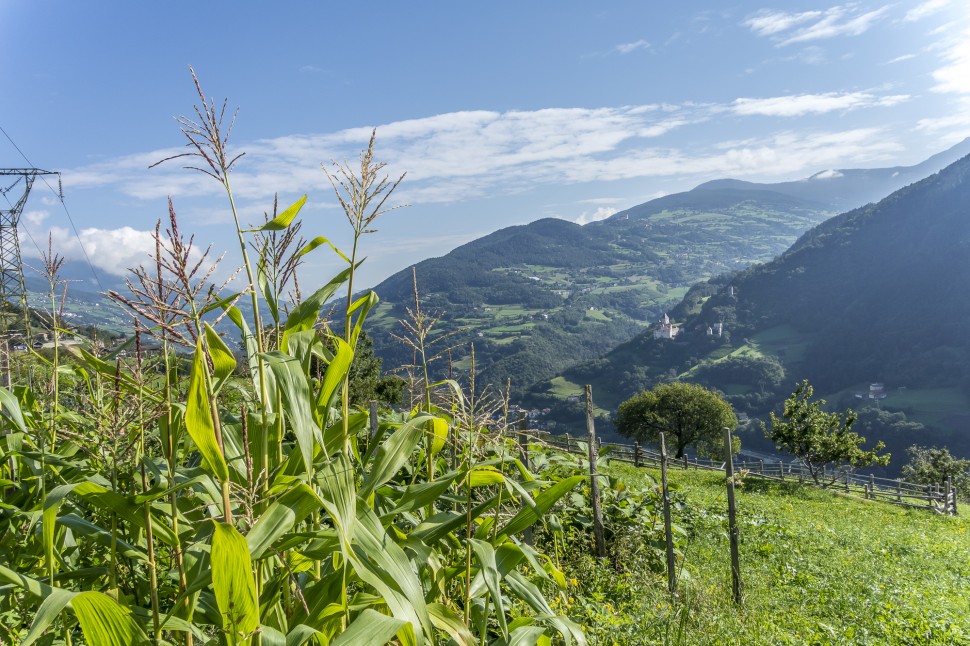
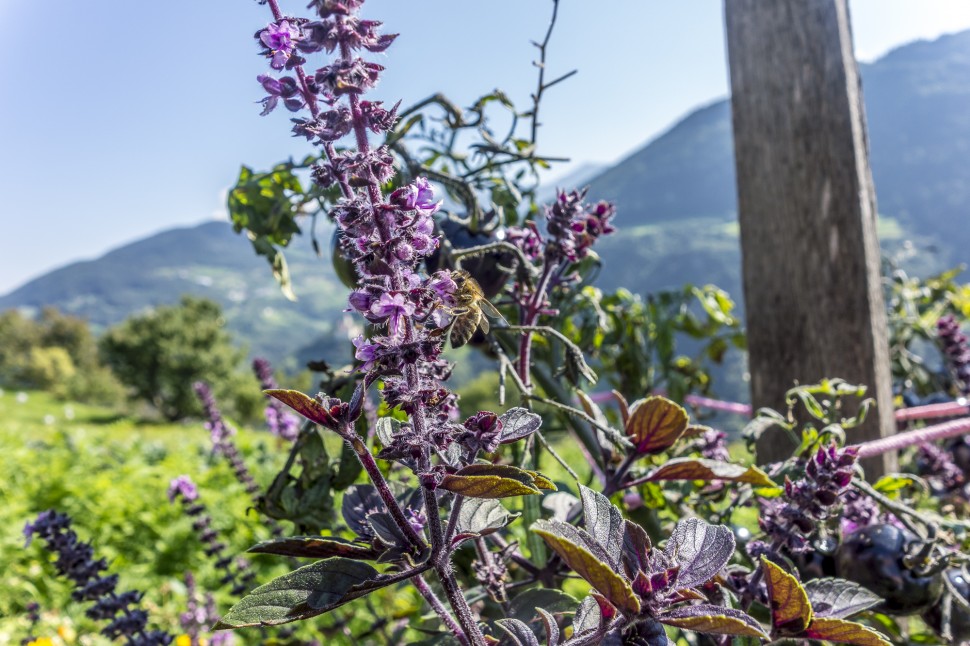
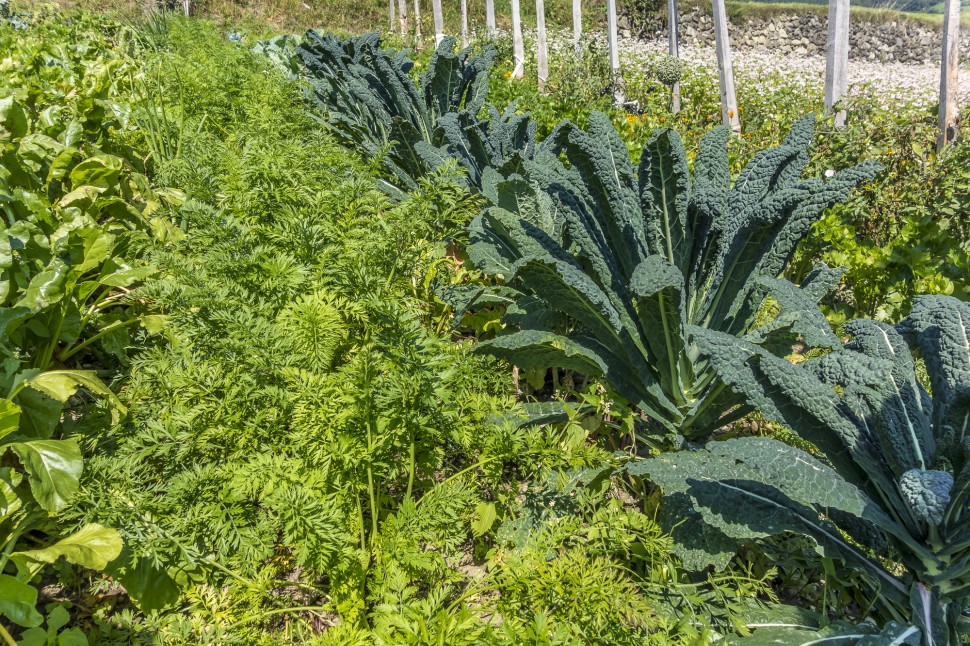
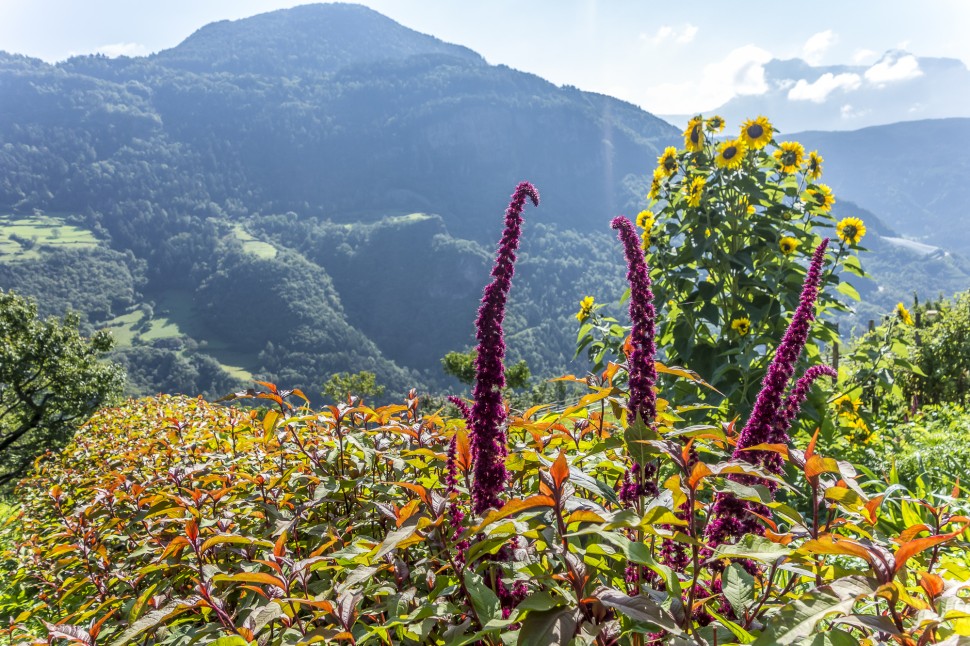
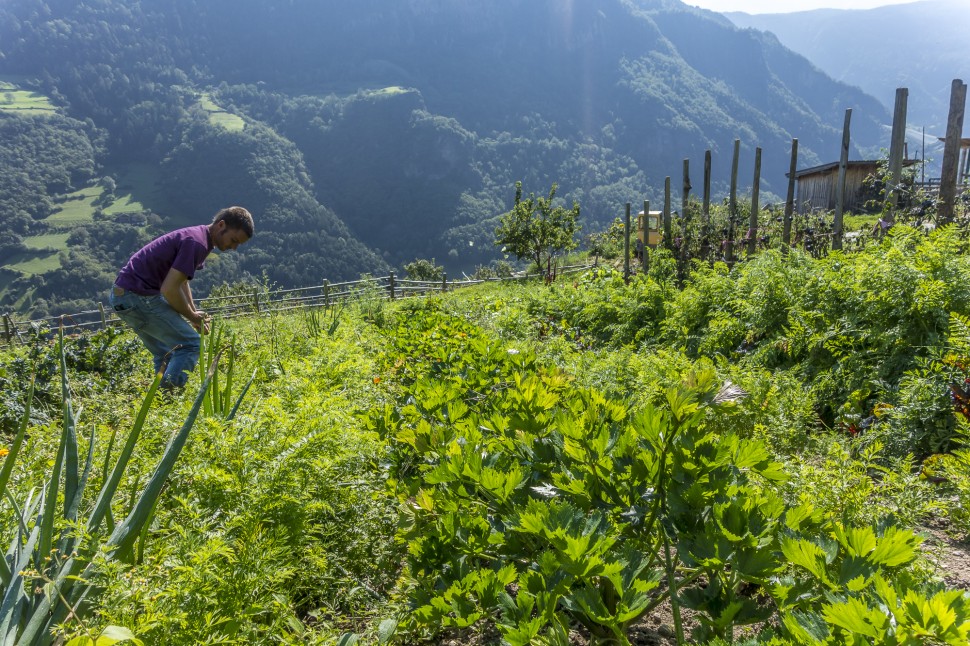
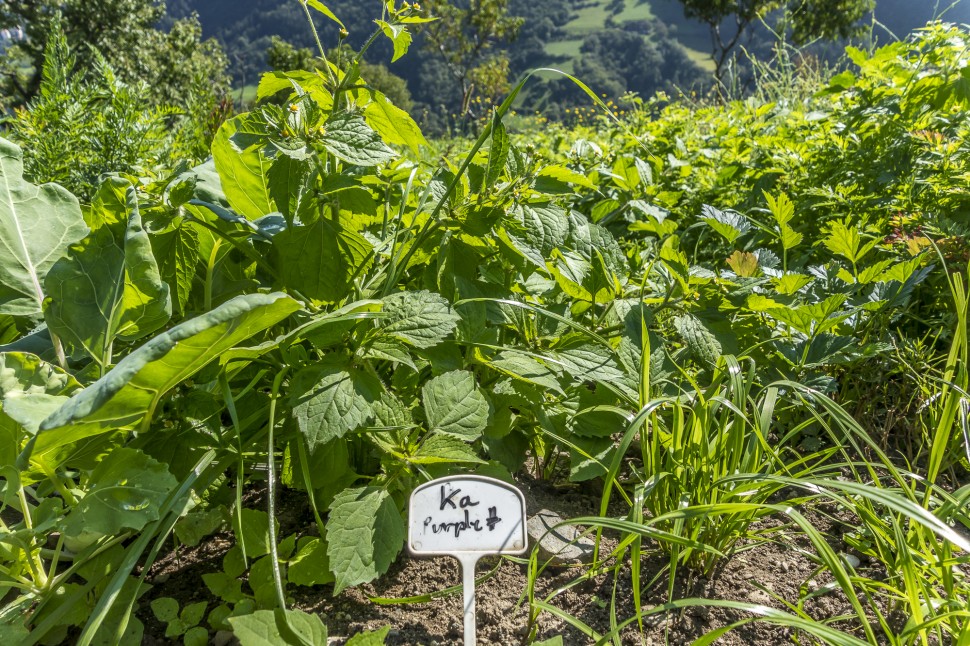

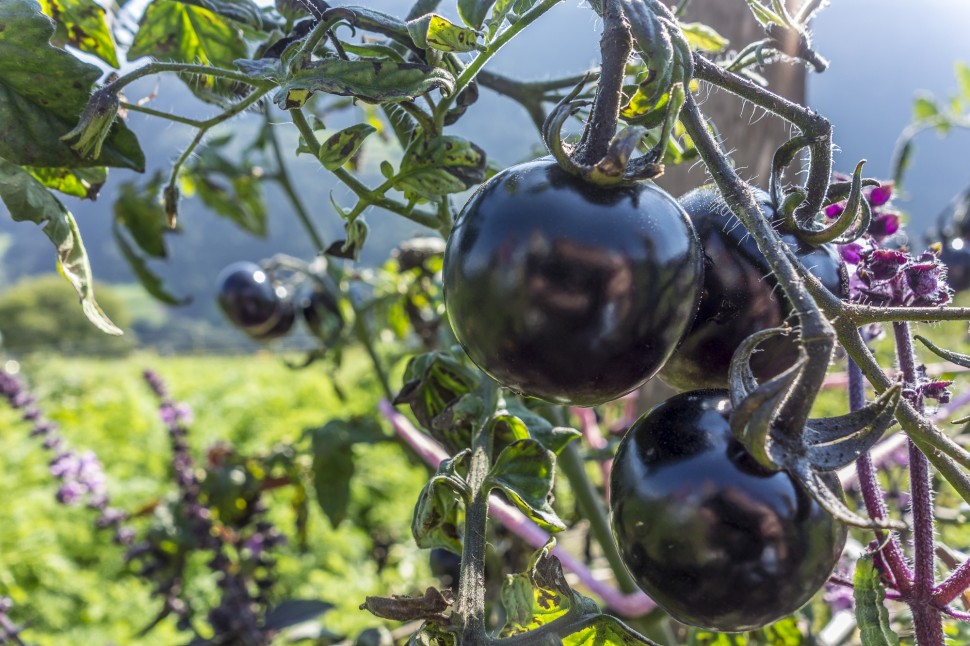
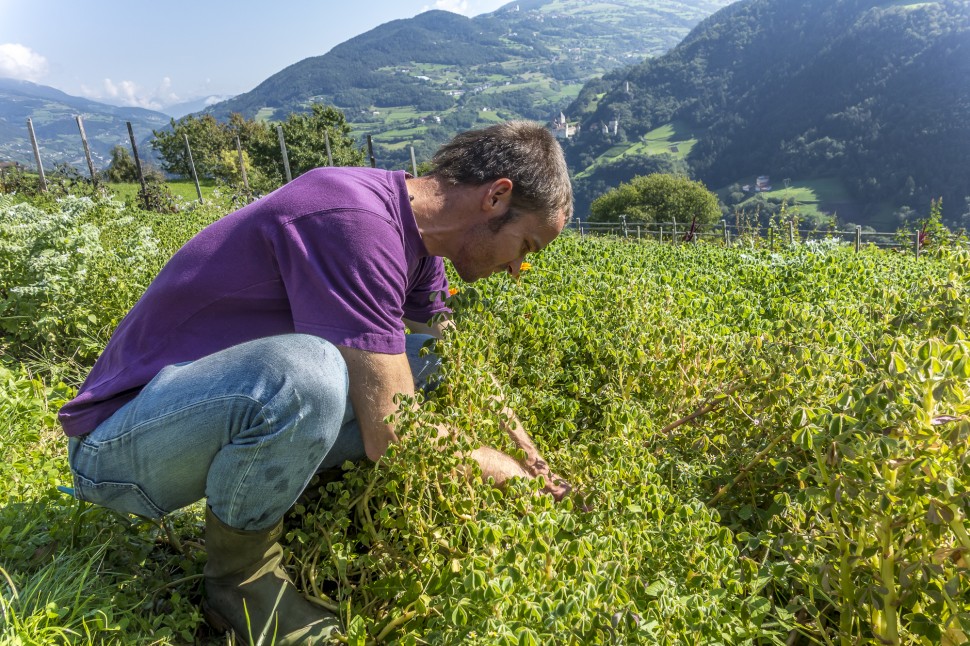

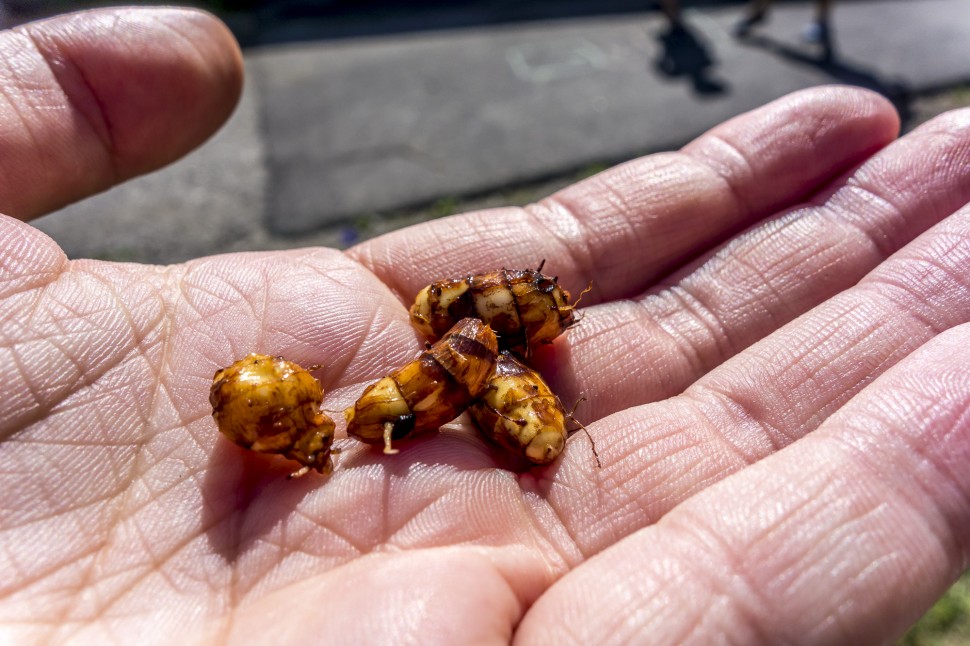

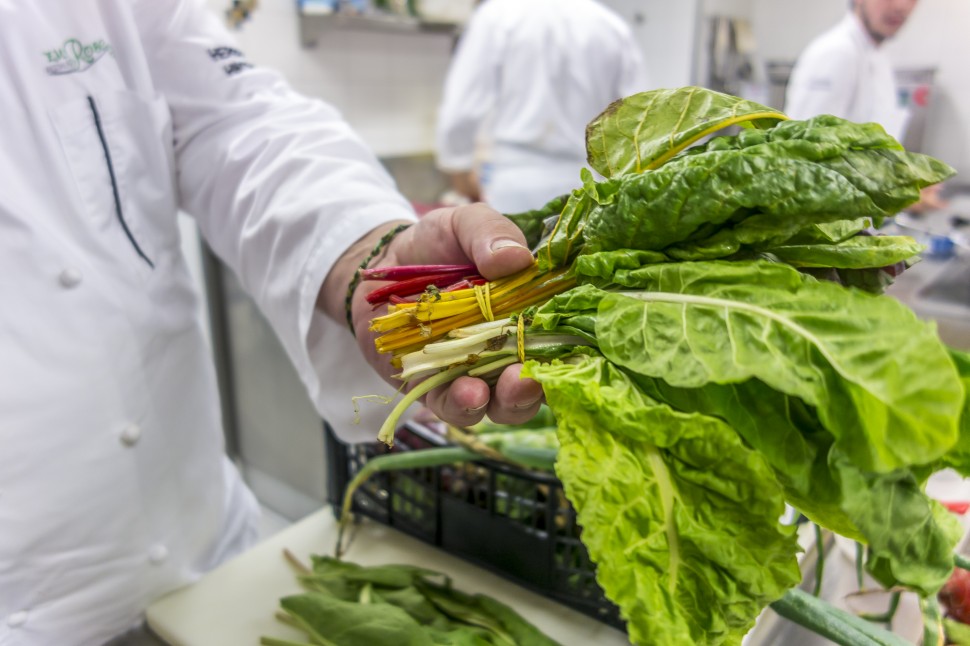
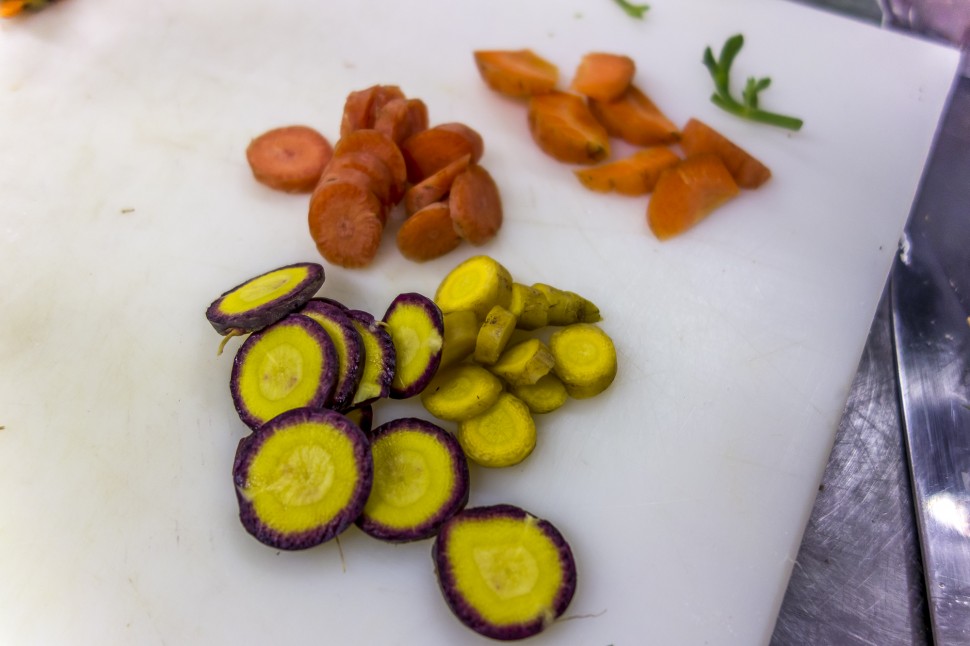
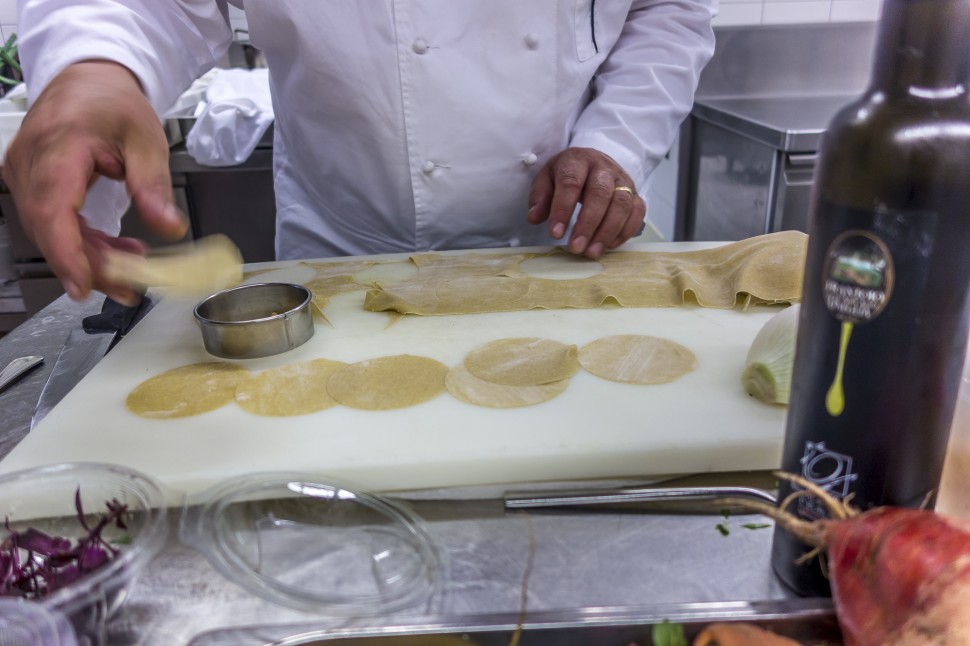
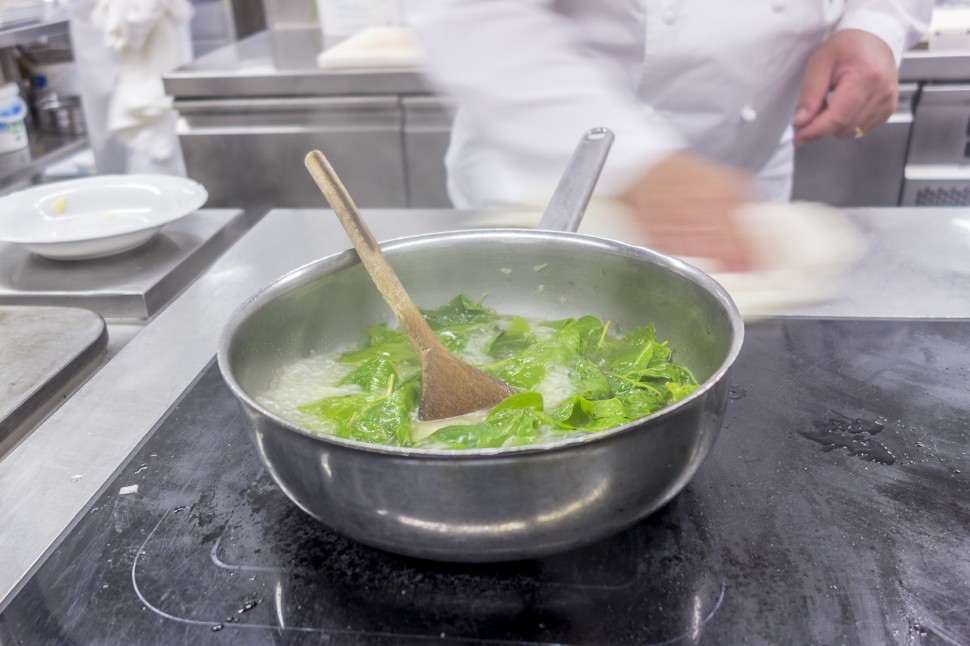
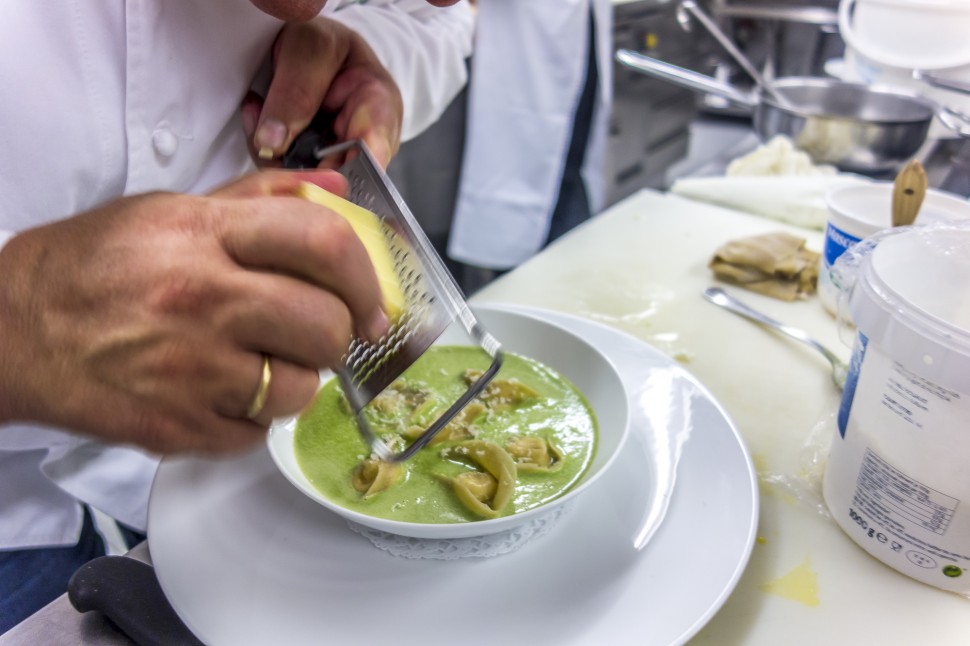

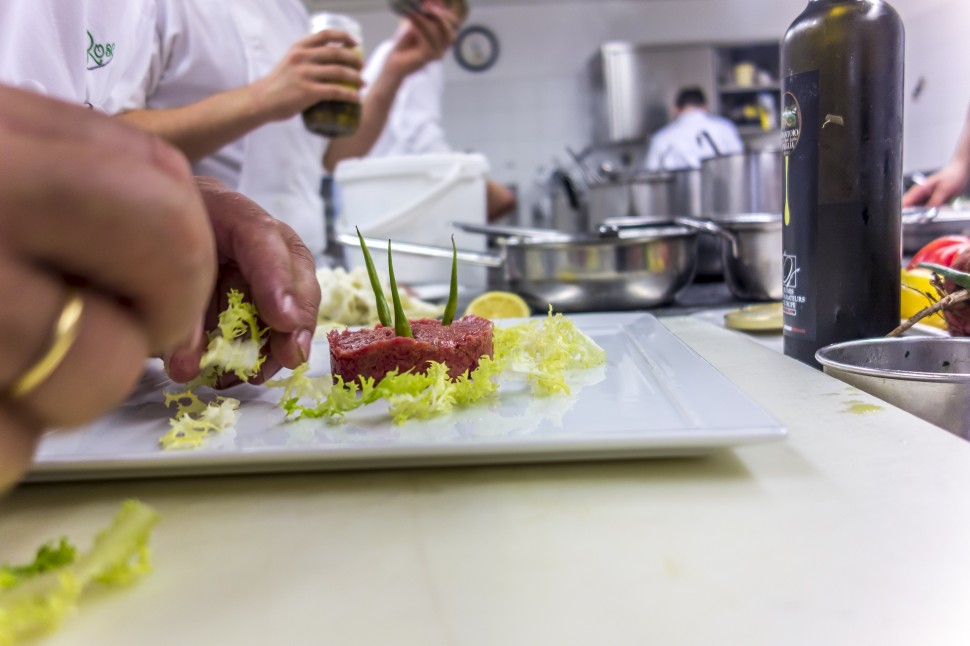
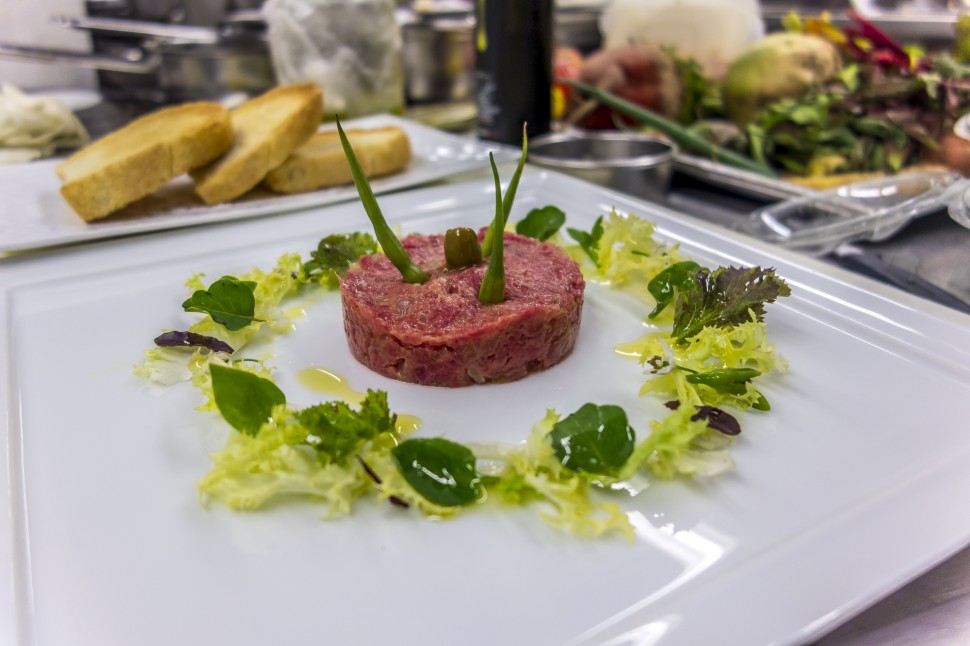
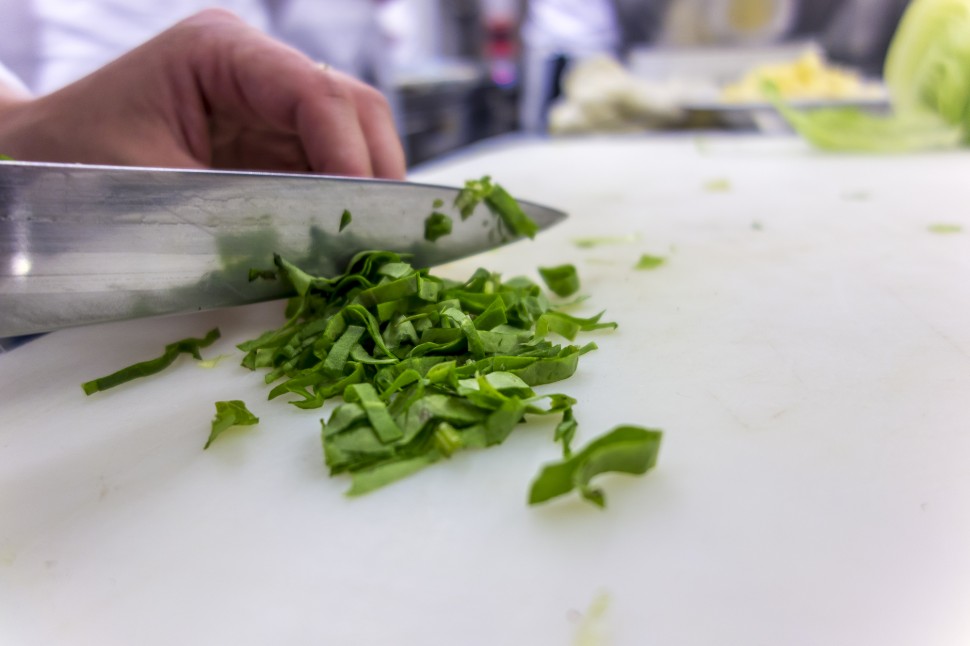
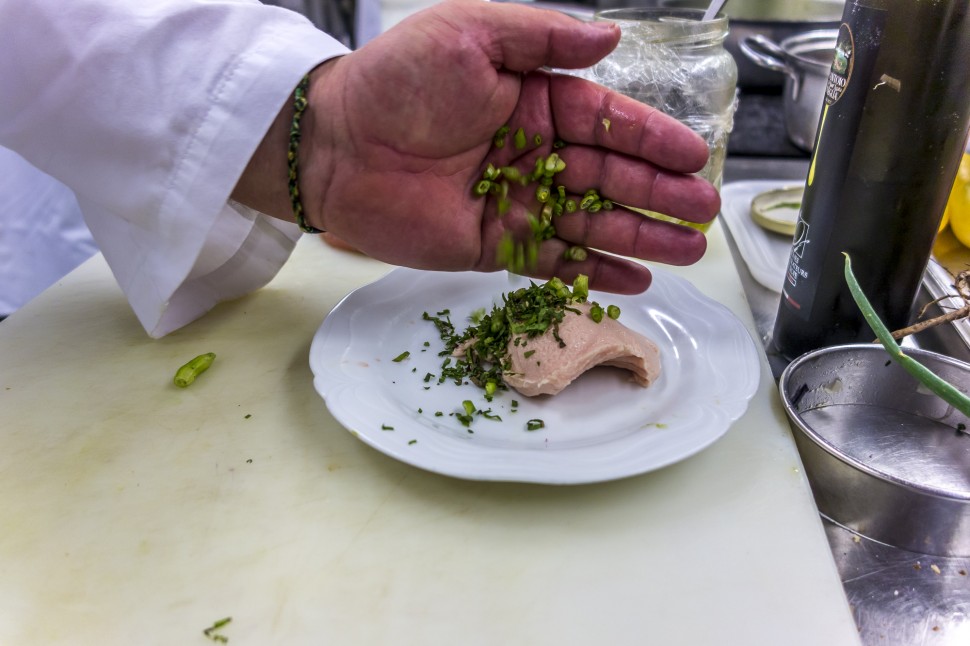
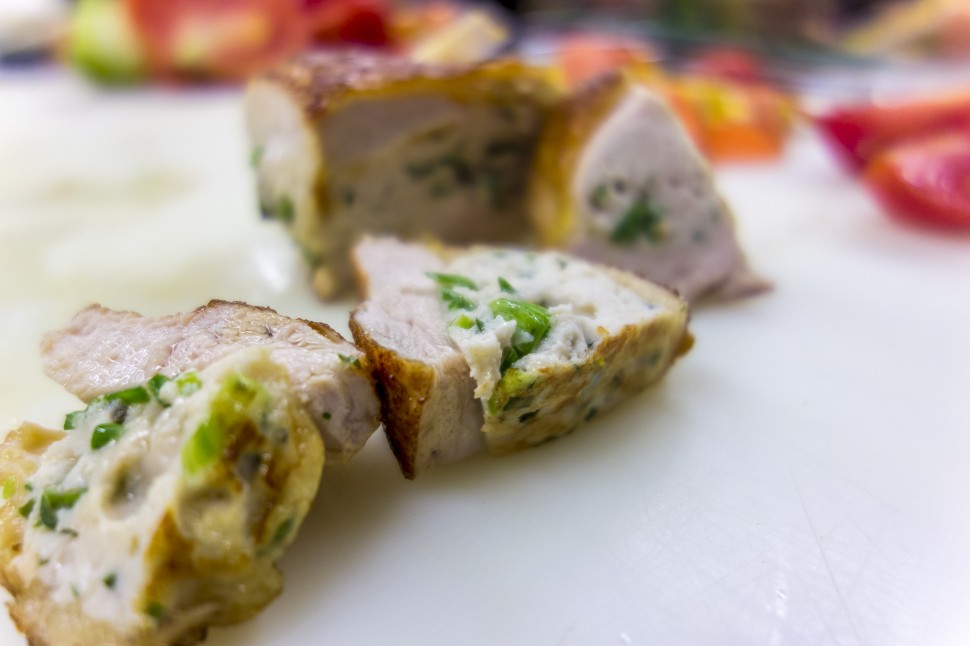


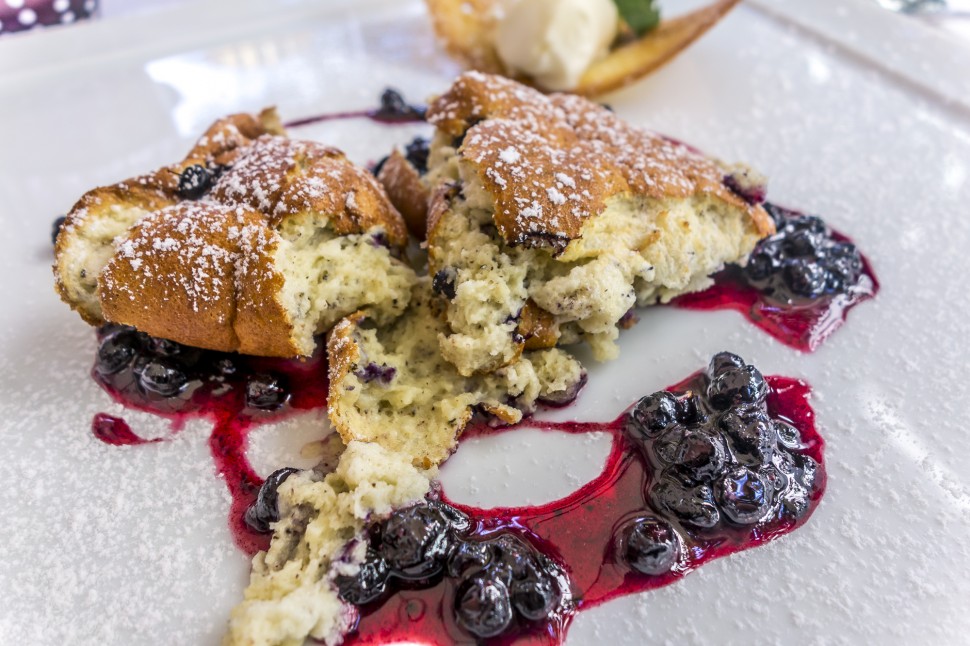


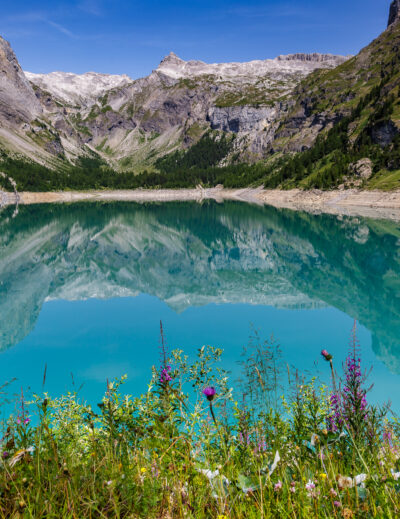
Leave a Reply